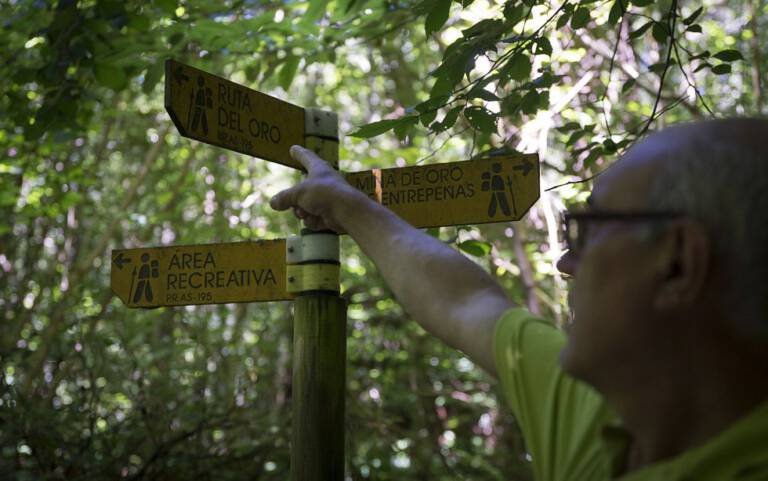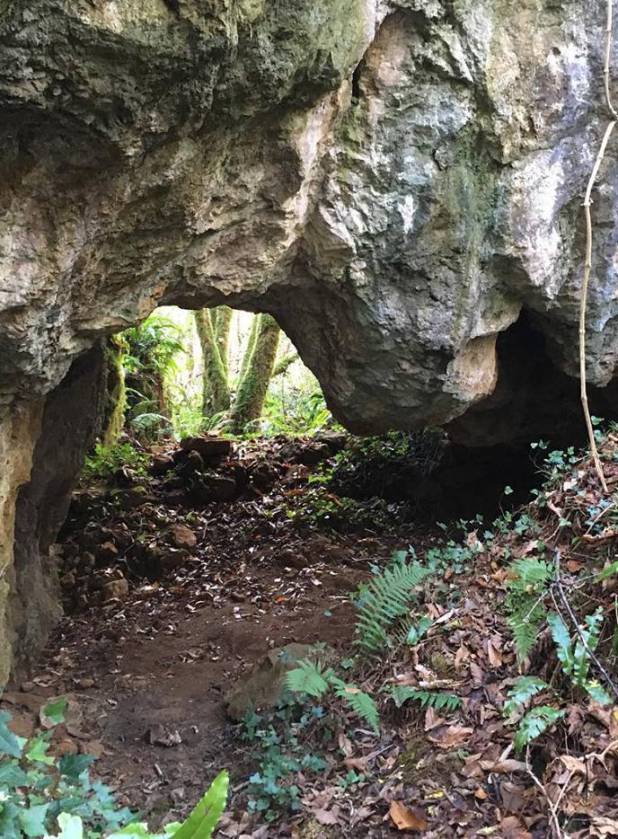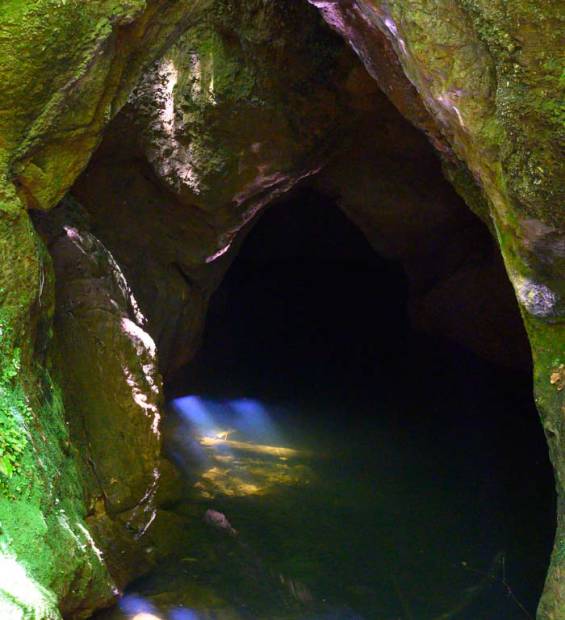
The legacy of an ancestral tradition
Since ancient times, the west of Asturias has been renowned for the exploitation of mineral resources, especially gold, a metal highly prized by ancient civilisations.
Panning technique
Although gold panning has become less profitable in modern days, it has become a tourist and sport activity. In the region known as the Valley of Gold, or “Cuarto de los Valles,” the Navelgas, Yerbo and Bárcena rivers, in the northwestern part of the municipality of Tineo, are perfect for panning for gold nuggets.
The town of Navelgas, host of the National Goldpanning Championships since 1999, is located in this unique territory and takes its name from the abundance of gold deposits found there since ancient times. Welcome to the Valley of Gold!
The history of the search for gold in Navelgas
The search for gold in the Navelgas area dates back to the castro period of the Astures (c. 9th to 1st century BC, from the end of the Bronze Age to the beginning of the Roman period, and so named because of the castros or hillforts the inhabitants lived in) and has endured to the present day, attracting numerous visitors who try their luck in the riverbeds. However, it was the Romans who left an indelible mark on the valley with their extensive network of mines, moving millions of tons of rock and earth, and diverting the water from streams and rivers to wash and extract the precious metal.


An extensive network of mines
At the end of the 19th and beginning of the 20th century, a British group exploited the mines of Navelgas, establishing the Asturian Auriferous Society (Sociedad Aurífera Asturiana). The group reopened the mines between 1950 and 1956, returning to extract gold as the Romans did.
Enrique Sanfiz Fernández, an illustrious resident of Navelgas, is a leading figure in the recovery of the tradition. His involvement in the Sociedad Aurífera Asturiana revived the passion for gold panning, which has today become a tradition promoted by the “Barciaecus” Goldpanning Association. This is a project designed to integrate the local community into the worldwide goldpanning movement for recreational and tourism purposes.

